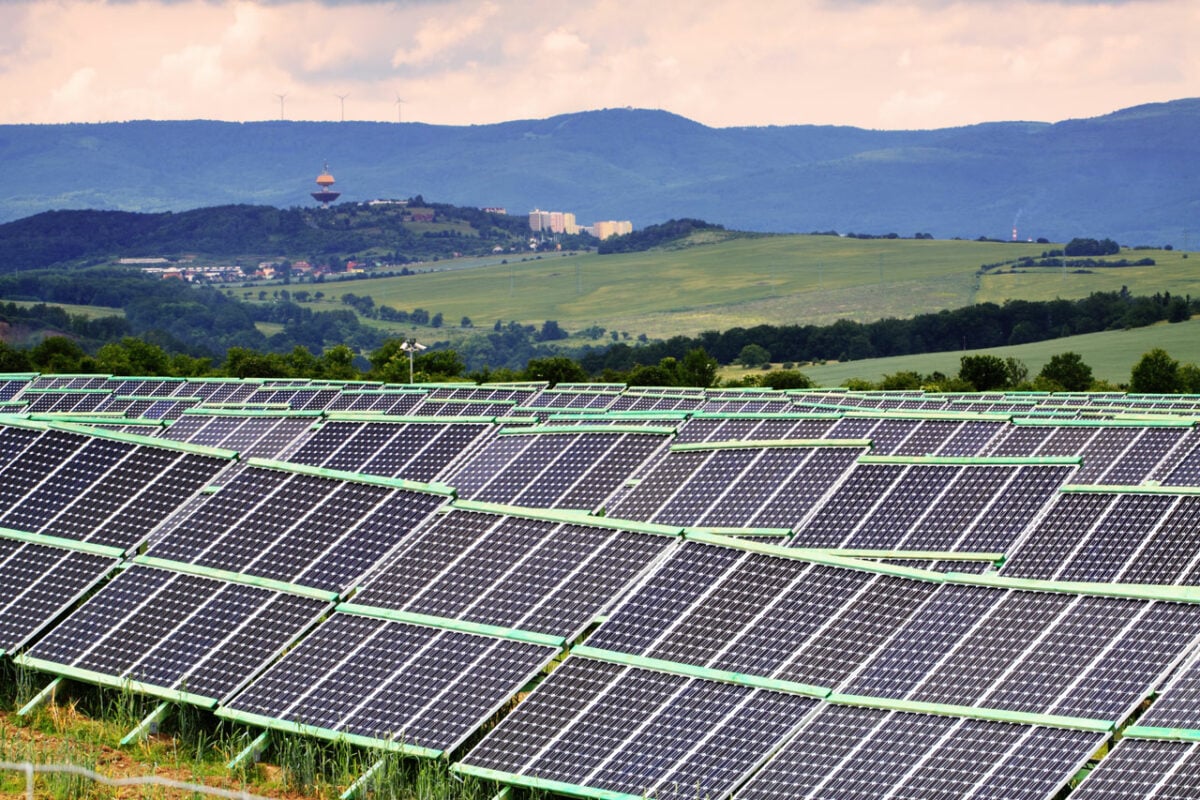
Historically there has been a 44% success rate in refused sites being overturned by the Planning Inspectorate. Image: Public Domain Pictures.
Adjudications made in the coming months by the UK’s Planning Inspectorate may have a profound impact on solar farm applications submitted to Local Planning Authorities (LPAs) in coming years.
Currently, the Planning Inspectorate is reviewing 16 appeals lodged by developers of solar farms in England that have been rejected by LPAs. This amounts to about 950MWp-dc of capacity. The solar farms in question are each in the 40-70MWp-dc range.
It is safe to assume that any site of this size that is refused planning permission by an LPA will be appealed. Having accumulated significant upfront costs getting the site to full planning application status, the extra cost of an appeal is worth the gamble.
And in this respect, there are a further eight sites (414MWp-dc) that are likely to go to the appeal stage, with some developers waiting to see how the Planning Inspectorate adjudicates on other refused sites – especially if they fall under the remit of the same LPA.
Solar applications being appealed is not new. Between 2012 and today, 239 refused sites in England were appealed (a total of 2.4GWp-dc) and decided upon by the Planning Inspectorate.
Out of the 239 appeals, 133 were dismissed by the Planning Inspectorate (1.37GW), upholding the LPA’s decision to refuse planning application.
But 106 were overturned by the Planning Inspectorate, essentially granting full planning approval to the developers, and leaving the LPA’s to pay legal costs to the developers also. Great for the legal profession – terrible for the taxpayer.
Therefore, historically there has been a 44% success rate in refused sites being overturned by the Planning Inspectorate. No wonder every refused site above a certain MW size is almost destined to be appealed.
However, decision making by the Planning Inspectorate between 2012 and now was more weighted to smaller solar sites; 10MW average size in the past, compared to 60MW today. And when the main reason for site refusal is nearly always based on ‘detrimental visual impact on landscape’, one might assume that the legacy 44% success rate is unlikely to be retained.
But other factors are in the mix today, and solar (and renewables) is way more politicised now than in the past and now has energy security implications in the mix.
Sadly, some legacy sites that were overturned by the Planning Inspectorate did not result in site build-out. 24 sites (165MW) were abandoned as their revenue streams were based on FiT/ROC incentives that had expired. Nine of the sites are still live, and some will be built in the next couple of years. But 73 of the 106 overturned sites were built, amounting to 709MW of capacity.
For now, all eyes are on the 16 English LPA sites that were refused planning and are awaiting appeal decisions by the Planning Inspectorate. Overlapping with the recent ministerial changes within the UK government, the U-turns on any Truss alarm bells hinting at a fossil fuel revival, and COP-27 – it could turn out to be a very good time to have the Planning Inspectorate make adjudications on large renewable capacity additions.

